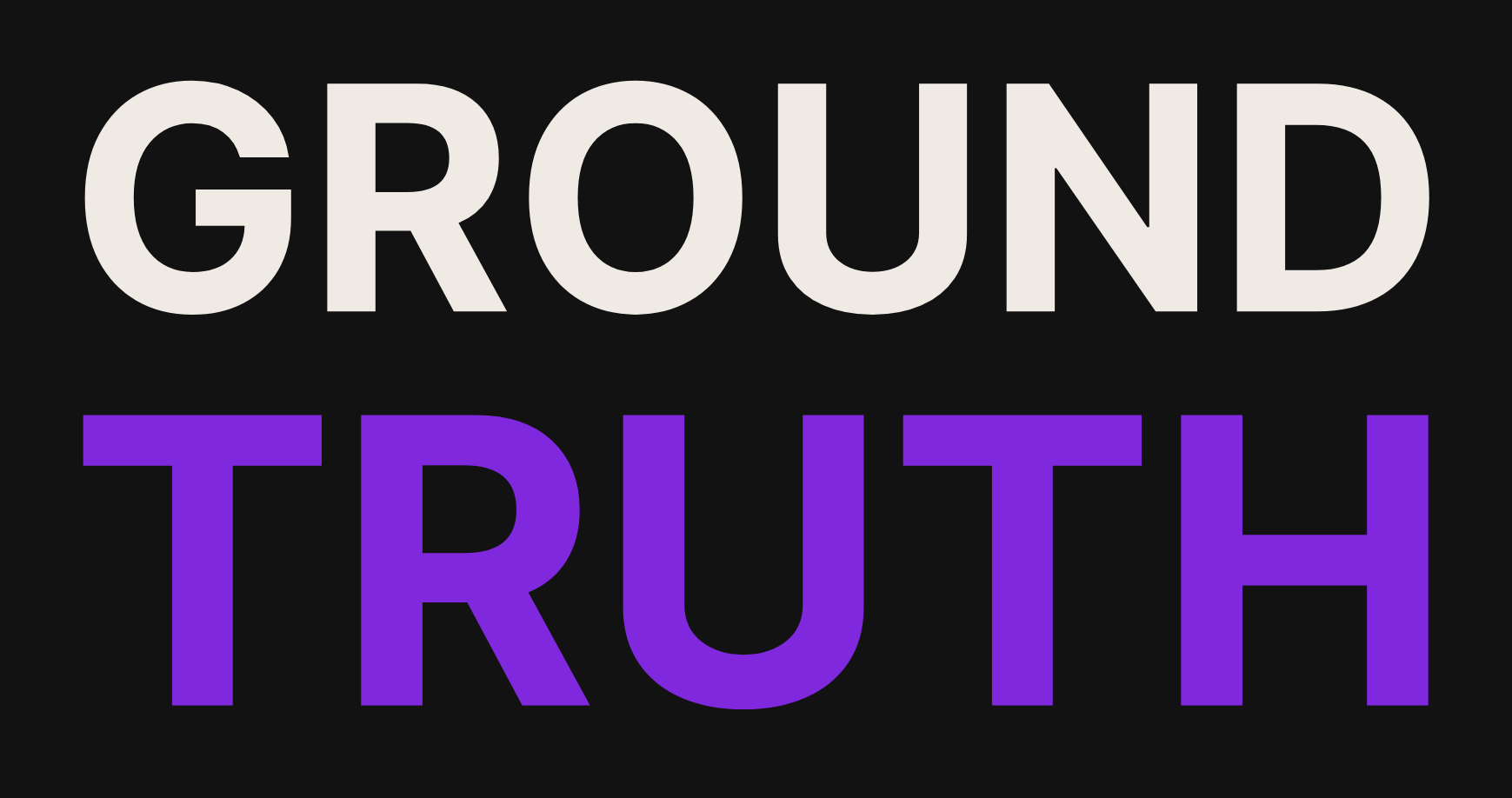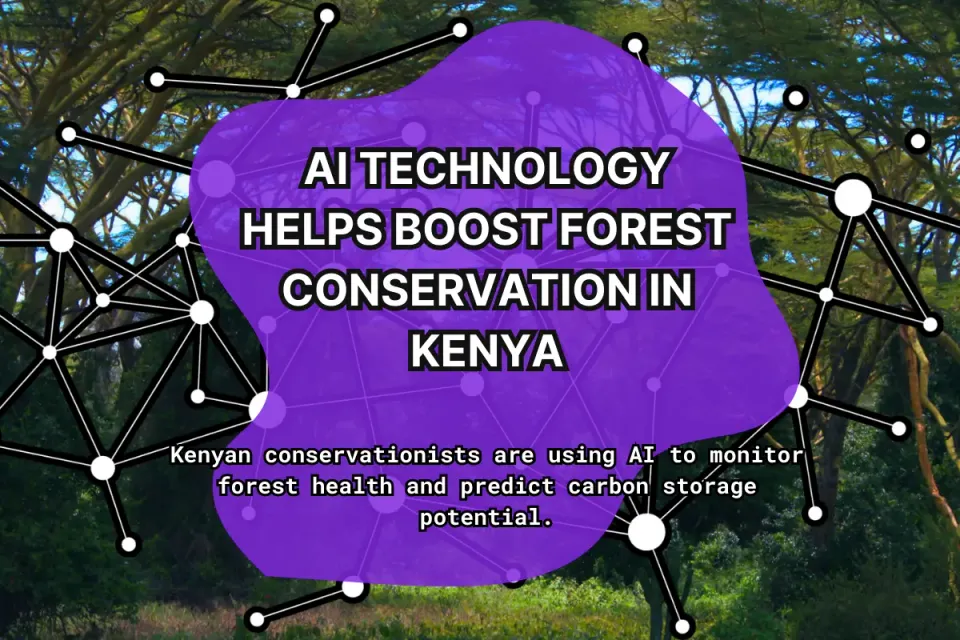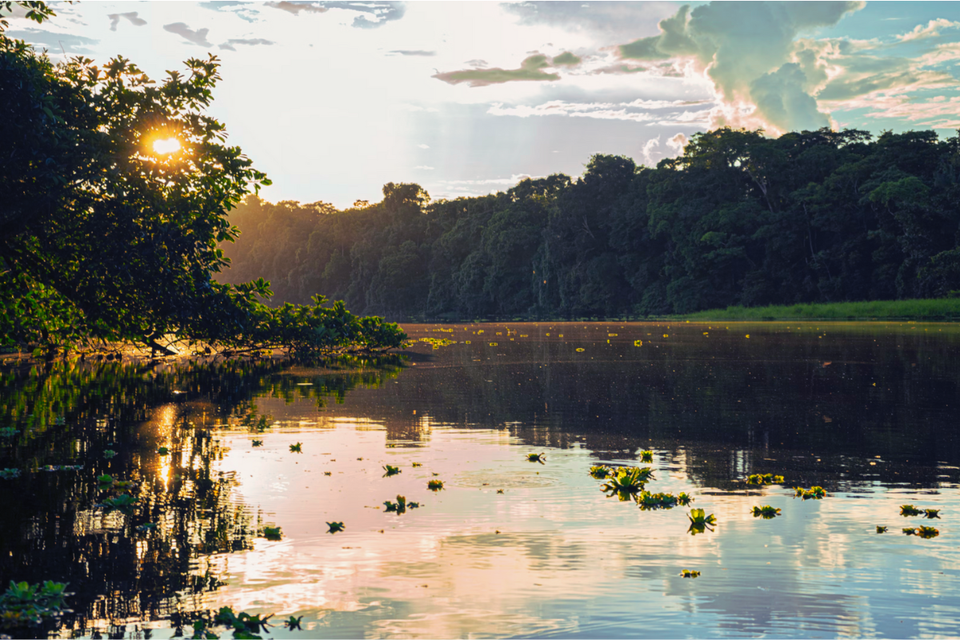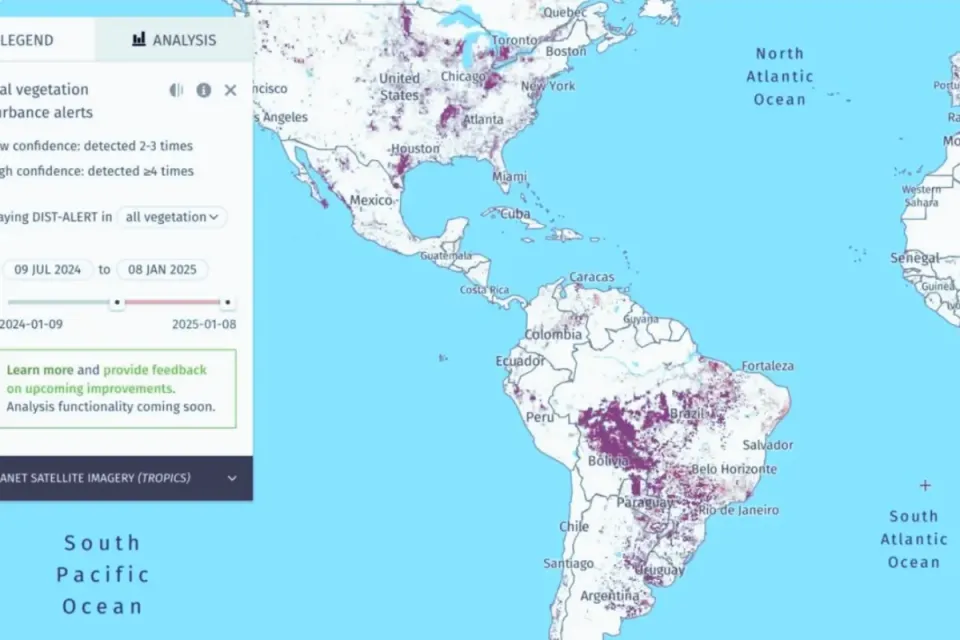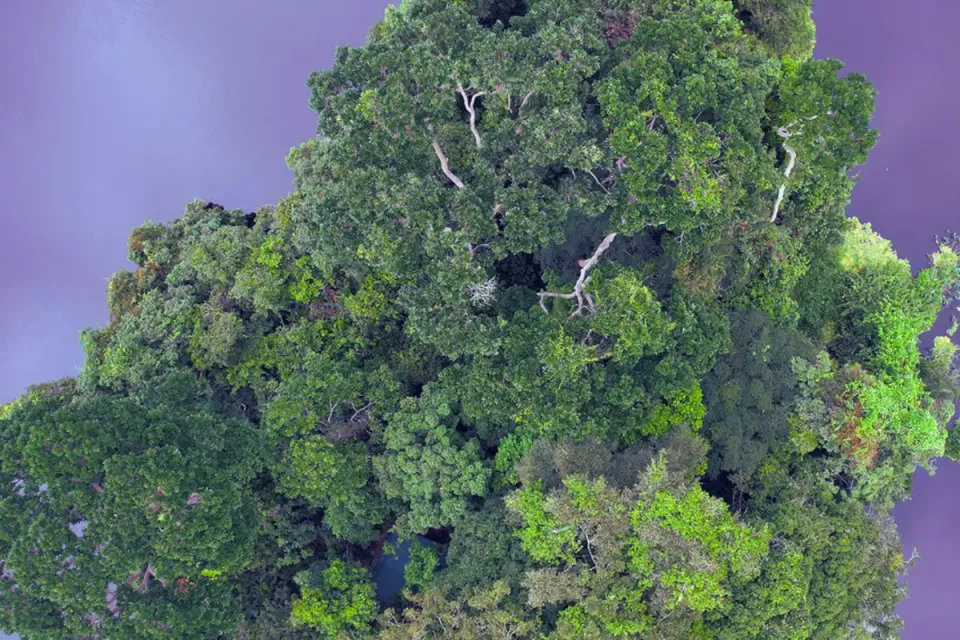Mangrove Restoration Tracker Tool: Interview With Tom Worthington
Mangroves in Indonesia face threats; new tree mapping software tracks restoration success, blending biophysical and socioeconomic insights.
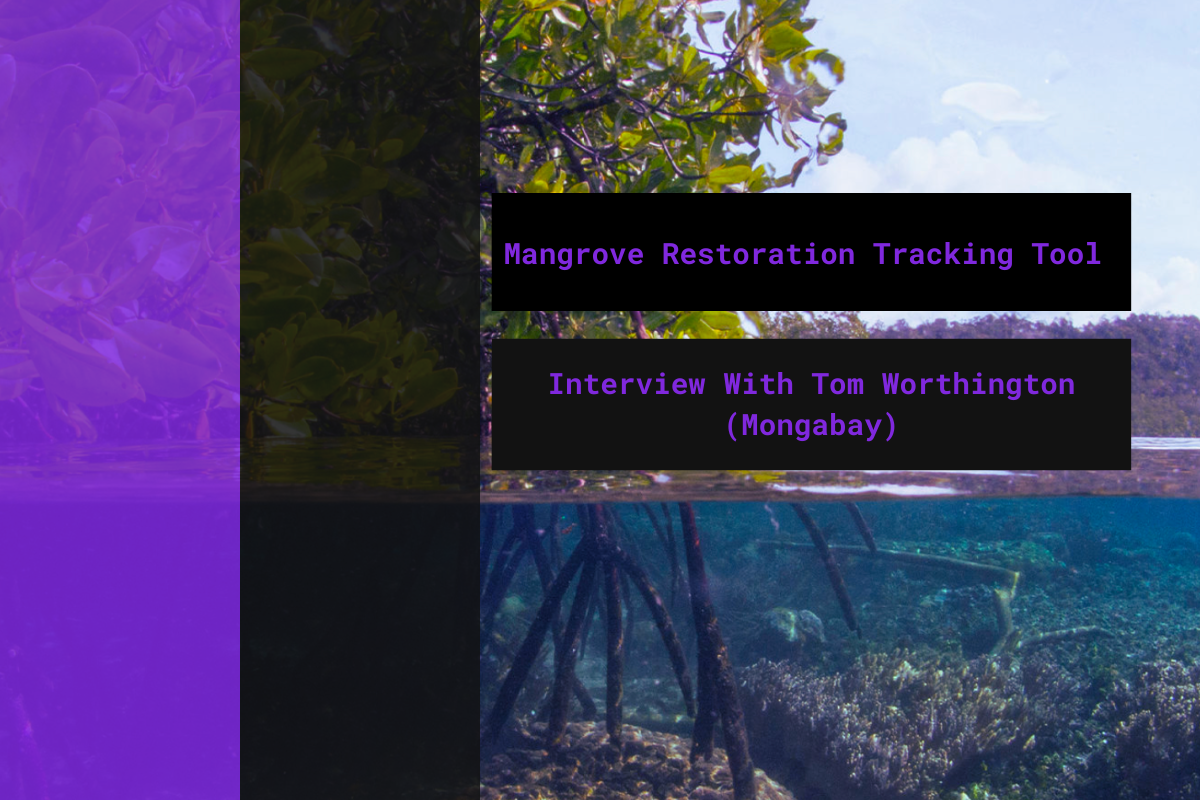
This article by Abhishyant Kidangoor originally appeared in Mongabay
- A new tool aims to help managers of mangrove restoration projects track their progress and measure final outcomes against initial goals.
- The Mangrove Restoration Tracker Tool was developed by the University of Cambridge, WWF and the Global Mangrove Alliance in a bid to streamline global data on mangrove restoration projects around the world.
- Mangroves are crucial ecosystems that serve as carbon sinks and act as a buffer against coastal erosion; however, they’re threatened by deforestation as well as by the impacts of global warming.
Where are mangrove restoration projects taking place? How many of them are successful? If they’ve failed, what happened? Finding answers to these questions isn’t easy. But those answers are critical to track how the world is working to protect a fast-degrading ecosystem.
A team of researchers and conservationists have now developed a tool to streamline data related to mangrove restoration projects taking place around the world.
The Mangrove Restoration Tracker Tool, developed as a collaboration between the University of Cambridge, U.K., WWF and the nonprofit Global Mangrove Alliance allows other nonprofits, research organizations and conservation initiatives to track mangrove restoration projects across their lifetime while also being able to gauge if the projects are leading to positive outcomes for biodiversity as well as for local communities.
“There has been lots of work done to restore mangroves across the world, but it’s very difficult to pinpoint exactly what’s been done where,” Tom Worthington, aquatic ecologist and research associate at Cambridge, told Mongabay in a video interview. “There’s a limitation when we start to think about what’s been the most cost-effective approaches and what approaches have taken into account both biophysical and socioeconomic aspects of restoration.”
In a study published in the journal One Earth, the team documented how the tool collects data required to track a project’s progress from start to finish. The study also emphasizes the importance of diligently reporting the outcomes of mangrove restoration projects, even those that have failed. According to the study, “consistent and comprehensive project recording would allow more rapid assessment of diverse approaches and their outcomes, alongside enabling the tracking of progress toward restoration targets.”
Mangroves are crucial ecosystems, serving as critical carbon sinks, sheltering myriad species and acting as a buffer for coastlines against erosion and extreme weather. However, deforestation for agriculture and human settlements, along with the impacts of global warming, are threatening mangroves around the world.
With the Mangrove Restoration Tracker Tool, Worthington says, conservationists and practitioners can better understand how their restoration projects are faring while also learning from the broader community about each other’s successes and failures.

Tom Worthington spoke with Mongabay’s Abhishyant Kidangoor about the Mangrove Restoration Tracker Tool, the gaps it hopes to fill, and the challenges in developing the platform. The following interview has been lightly edited for length and clarity.
Mongabay: What is the Mangrove Restoration Tracker Tool (MRTT)? What is the vision behind its inception?
Tom Worthington: The idea behind the tool is to provide a methodology for holistically capturing mangrove restoration projects. Those can be projects that have happened in the past, or that are starting now and developing into the future. Our aim is to try and catch up with all the aspects around, or as much of the aspects around, restoration as we can. We want to do this while being mindful of trying to be able to do that for different parts of the world for different projects in different areas and trying to find commonalities between them.
Mongabay: What gaps do you hope the MRTT will fill?
Tom Worthington: The reason we started to develop the MRTT is because the world is playing out these really big, ambitious ideas that say, “We want to restore X amounts of this ecosystem.” There are really a lot of positive things coming out with the U.N. Decade on Restoration. But then we get to a point where we know we want to do this and we’re going to plan to do this, and I think the bit that we’re missing is how to start to track what actual achievements we’re making.
If we think about mangroves specifically, there has been lots of work done to restore mangroves in multiple countries across the world. But it’s very difficult to really try and pinpoint exactly what’s been done where. There’s a limitation when we start to think about what’s been the most cost-effective approaches, what approaches have taken into account both biophysical and socioeconomic aspects of restoration. So we wanted to create a tool that would allow us to track that information.
Mongabay: When did you start working on it and what did the development of the tool look like?
Tom Worthington: We started working on it a couple of years ago. It started around a master’s student called Yasmine Gatt, who is the first author on the paper associated with the tool. She came to Cambridge to do her research and did an analysis of what information was being recorded for restoration. She found that there were lots of gaps in it. Things like socioeconomic information wasn’t really being captured to the same extent. It was the same with pre-restoration baselines. After she did that analysis, we started to think of how we could fix that problem and how we could start to address those issues. So we used some of the things that she put together as a framework for seeing what data is collected as the starting point for the MRTT.
The first step was really to develop the framework. The framework is a set of questions which go from the start of planning a restoration project. There are five sections that capture the background, like where it was, who was involved, what they were trying to do, and what the pre-restoration conditions were. Then there are two sections with questions on what was done. What interventions did you do? What approaches did you take to restore mangroves? What kind of socioeconomic activities did you do to try and improve livelihoods? Then there’s stuff around the cost of the project.
Then the last three sections are monitoring, and those can be captured multiple times. They are around management effectiveness, socioeconomic outcomes and ecological outcomes. For example, if you went out and recorded the bird species at a site after six months or one year, you can put all those different records as different kinds of monitoring aspects through time. So the tool tracks progress. And you could do that for the other aspects as well. We’ve tried to be quite broad. We can’t get exact details for every question because it’s so different between projects.
This was kind of designed with a whole group of people. It wasn’t just designed by the Global Mangrove Alliance, Cambridge University and WWF. We had inputs from over 100 people from at least 20 to 25 different countries. We did workshops online. It was during COVID. So we did it online in Fiji, Kenya, Tanzania, Mozambique, Madagascar and Mexico. We did field trials again in Mexico. We wanted it to be something that the community could use rather than just something coming from an NGO in D.C. and other places.

Mongabay: Could you walk me through how socioeconomic aspects fit into restoration projects?
Tom Worthington: There has been a large focus in restoration projects on making sure that the biophysical conditions are correct. But what’s also been shown in large numbers of cases is that things like land tenure, access and community use of sites are probably a bigger overriding factor when we think about the success of restoration. If we don’t get those things right, then the chances that the restoration will be successful are kind of reduced. This is why we asked questions about if there were any activities done around education, training and new livelihood approaches.
Mongabay: Could you tell me how you finalized on the framework and questions that you thought were important metrics to track restoration projects?
Tom Worthington: Everyone got to view the framework and make their comments on how the framework came together. There were definitely times when there were differences between different projects. We had to take a pragmatic view of what amount of detail we could capture.
The tool is open access. You can sign up for it and go in to put information for your project on the tool. Essentially, what you do is you can add a site and you can enter the information. So you enter data on things like a start date. We ask people to put a polygon where their restoration site is. You can also upload your own shapefile. We’ve generally not left any open-ended questions. They’re mostly multiple choice because it allows us to synthesize the data much more clearly.
Mongabay: How do you envision this tool being used by someone who’s involved in a restoration project?
Tom Worthington: We’re still developing some of the aspects of it. But eventually, you can export the data from your projects and that will allow you to get it in a tabular form. Long term, the information from the projects will go on to the Global Mangrove Watch portal. The MRTT is a tool within this wider geospatial platform, and the aim of Global Mangrove Watch is to allow people to have access to data that is useful for conservation and restoration planning.
It has information on mangrove change area, carbon [storage], fisheries, other ecosystem services, restoration, and predictive layers. It will show where the restoration projects are, and you would be able to filter by certain project types. Say you’re starting a new project somewhere, and you want to see other projects that have focused on, say, restoring hydrology. You would be able to filter out those projects and see some of the key information from that project.
The aim is to create a community of practitioners. You can see what’s been successful for different activities. Restoration of mangroves has, in some cases, not always been hugely successful. We have seen media around these large-scale planting efforts that have not tackled the underlying causes well enough to mean that it was going to be successful.
What we would like from the tool is for people to start to think about other activities for interventions. There’s a whole range of different things. I would hope that as we move forward and more data comes into the tool, we’d be able to see how effective different approaches have been. If a project hasn’t worked, what are the reasons behind that? We’ll start to get an idea of this along with where projects have taken place, and if the ecological and socioeconomic outcomes are being recorded.
We want people to use this information. It was part of the whole idea of codesigning it with so many people that they’ll understand lots of the nuances from their locations that I’m not going to know from here in Cambridge. That’s the key thing.

Mongabay: What have been the challenges in developing this? And how did you overcome those challenges?
Tom Worthington: The key challenge was developing the framework, and it took quite a long time. As I had said, you’ve got multiple people who may see things slightly differently. But I think we came to a point where we got the best questions that would capture restoration projects in different places.
One of the key things with these sorts of tools is getting people to use them and understand them. There’s a user guide that goes along with the tool which is available in seven languages. There is training that’s offered. That will be the key thing, to try and support organizations. That’s really the big idea: to try and get people to use this, support them when they’re using the data and when they’re inputting data, and then the next stage is to be able to showcase what is being done for restoration. What would be really excellent is if we can highlight those really positive stories where organizations and communities are making positive changes for mangrove restoration. And I think this is a good starting point to be able to capture that kind of information.
Abhishyant Kidangoor is a staff writer at Mongabay. Find him on 𝕏 @AbhishyantPK.
Citation:
Gatt, Y. M., Walton, R. W., Andradi-Brown, D. A., Spalding, M. D., Acosta-Velázquez, J., Adame, M. F., … Worthington, T. A. (2023). The Mangrove Restoration Tracker Tool: Meeting local practitioner needs and tracking progress towards global targets. One Earth, 7(11), 2072-2085. doi:10.1016/j.oneear.2024.09.004
License
Kidangoor, Abhishyant. "How Are Mangrove Restoration Projects Doing?: Interview with Tom Worthington." Mongabay. December 3, 2024. Republished under a Creative Commons license (CC BY-ND 4.0) with minor changes to original images and formatting.
